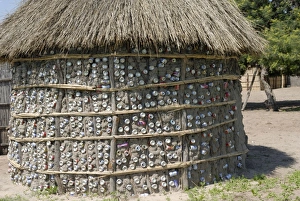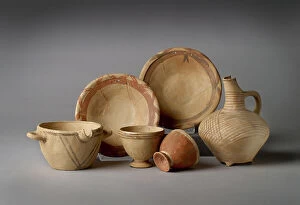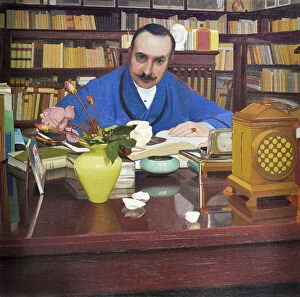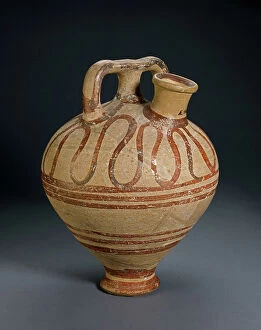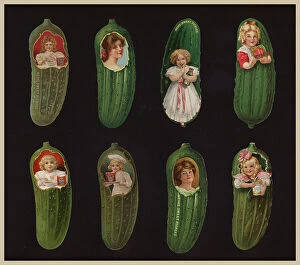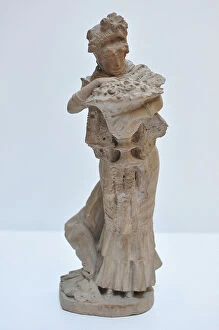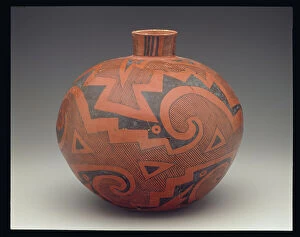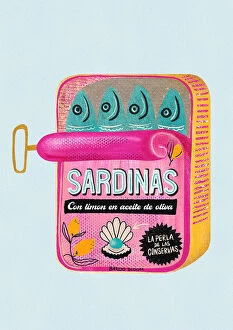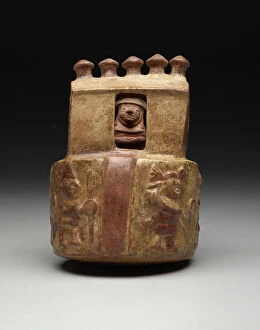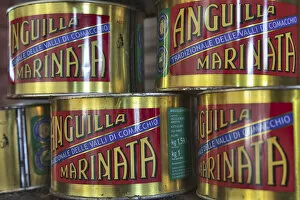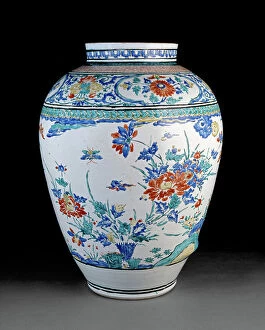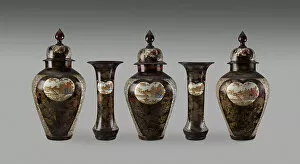Tin Can Collection
"From Traditional House to Artistic Masterpieces: The Tin Can's Journey" In the heart of Botswana, Africa, the humble tin can finds new life through recycling
All Professionally Made to Order for Quick Shipping
"From Traditional House to Artistic Masterpieces: The Tin Can's Journey" In the heart of Botswana, Africa, the humble tin can finds new life through recycling. Once used for storing food and beverages, these aluminium cans now play a vital role in traditional house construction. As walls are adorned with recycled materials, a unique blend of modern sustainability and cultural heritage emerges. But the tin can's transformation doesn't stop there - it becomes a canvas for creativity. In a conceptual image that transcends time, a vase painted in famille rose enamels from the Hsien Feng period (1851-62) showcases the artistic potential hidden within this everyday object. Across centuries and continents, different cultures have embraced the versatility of tin cans. An 8th-9th century AD earthenware storage jar stands as a testament to their durability while an intricately designed porcelain misshapen baluster jar from c. 1670 highlights their aesthetic appeal. Even functional items like an armorial salt made in 1643 or a tea canister crafted in silver during 1768-1769 become exquisite pieces worthy of admiration. A lid of another porcelain jar transports us to temple buildings surrounded by lush trees dating back to 1701-1720. The tin can's influence reaches far beyond household use or decorative purposes; it even played its part in history. Captured through Henry Maillard's lens at Philadelphia's Centennial Exhibition in 1876, machinery halls showcased chocolate manufacturing processes where silver albumen prints immortalized this technological marvel. And let us not forget contemporary expressions – spray can graffiti art bursts forth with vibrant colors on European streets like those found in Emilia Romagna's Ferrara or Comacchio regions of Italy. Here, artists utilize tin cans as tools for self-expression and urban storytelling. From its origins as simple containers to becoming symbols of innovation and creativity across time and space, the tin can has proven its worth.

